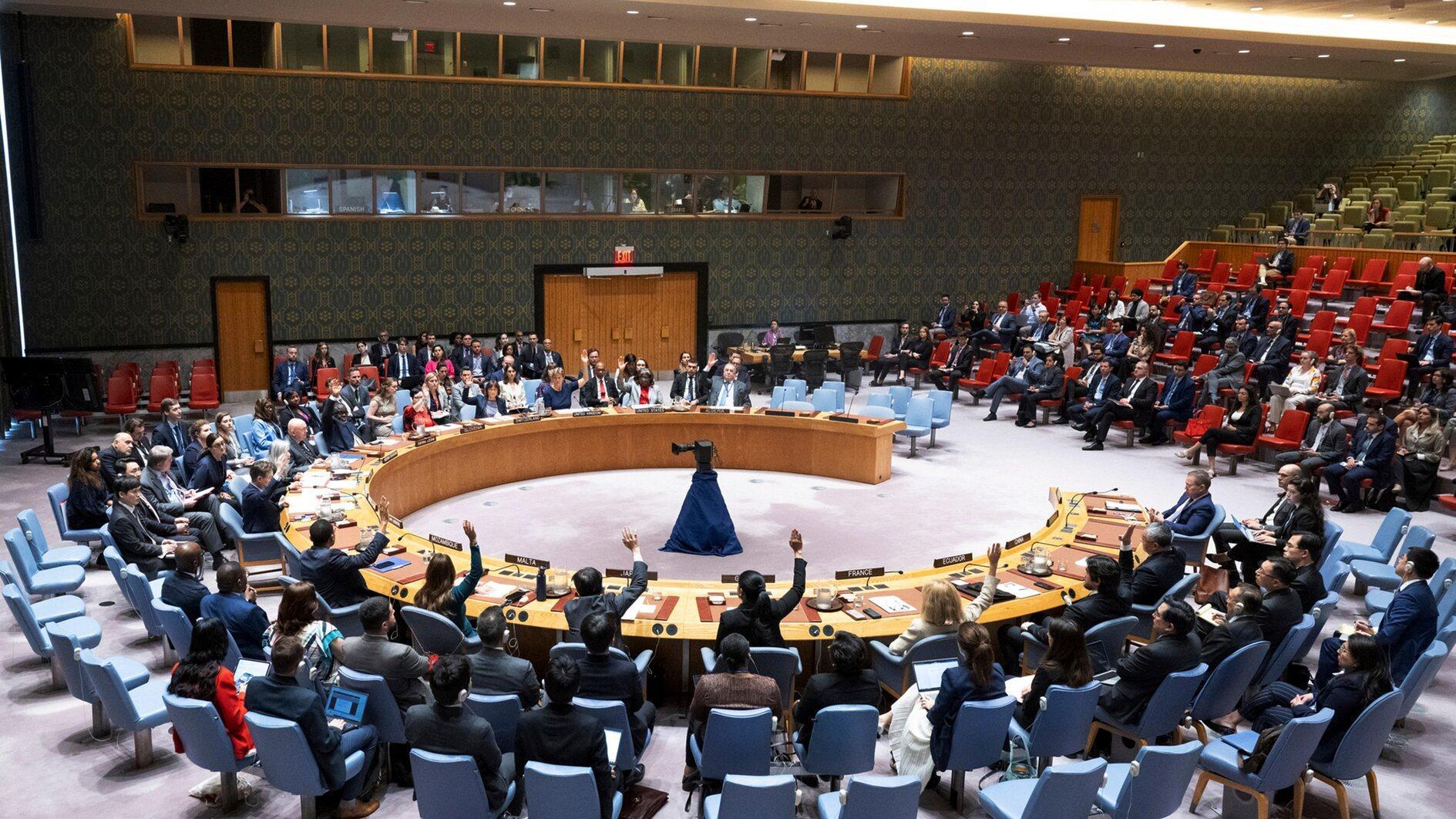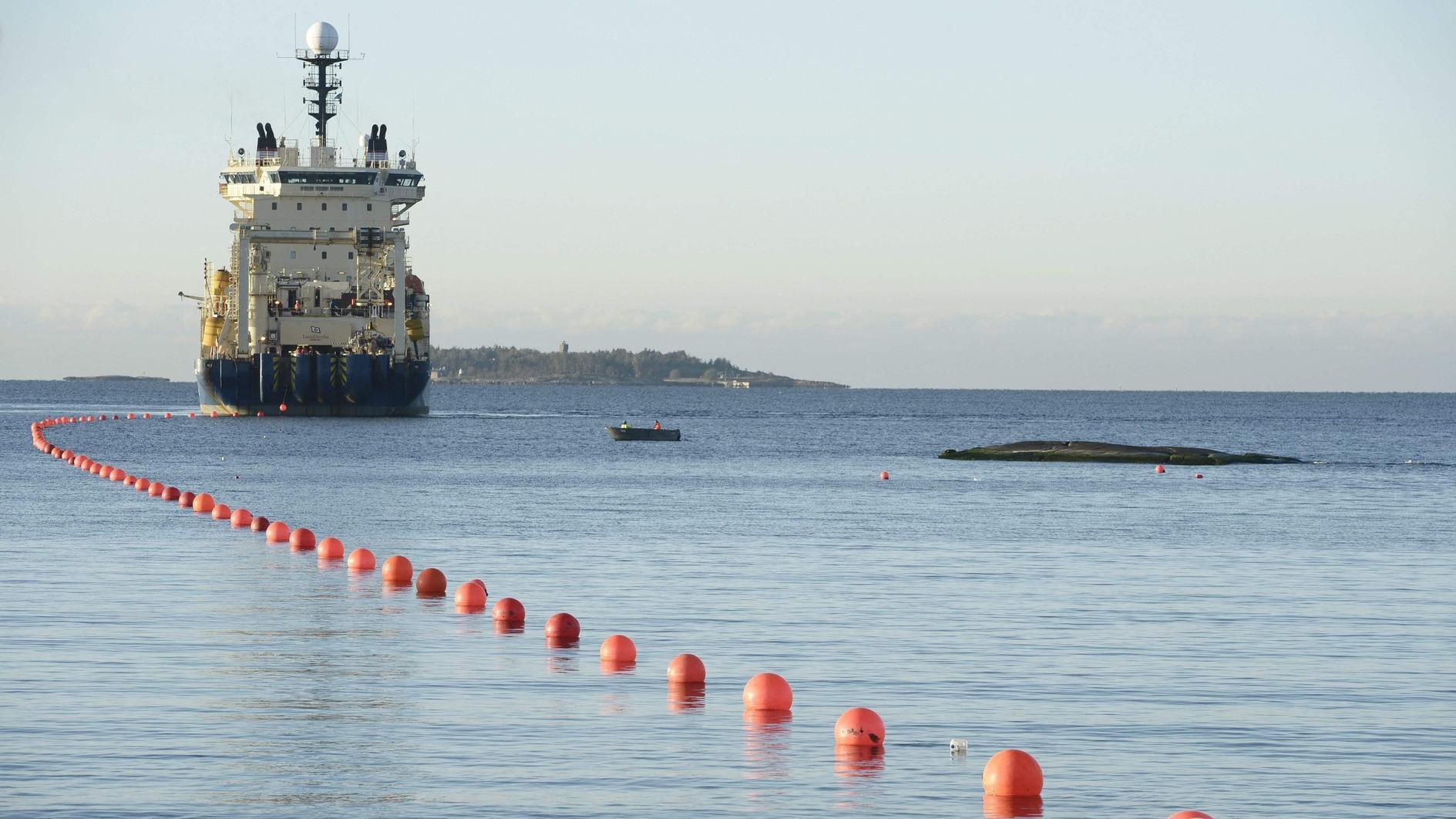Balkan economies may face more difficult days ahead for

Protesters hold candles outside the Greek parliament during a demonstration by college and university Professors against new austerity measures. AP photo
There are some warnings that the Balkan countries’ economies are likely to worsen in the upcoming period because of the debt crisis in the eurozone. Still trying to grapple with the fallout from the global economic crisis of 2008, regional countries will undoubtedly suffer deepened socioeconomic woes if a new wave of crisis hits them. The eurozone crisis is expected to make an impact on the Balkan countries through financial and commercial channels. The prediction is that the banking sector there could act with more caution in providing loans..On average, 55 percent of the Balkan countries’ foreign trade is done with EU countries. This figure reaches 60 percent in Bulgaria and Greece and nears 70 percent in Romania and Albania. Therefore, the Balkan countries will be inevitably affected through their foreign trade channels while the eurozone debt crisis lasts. The more frightening aspect is the fragility of the Balkan countries’ financial sector, which makes it likelier for the eurozone debt crisis to be felt in the region with a more crushing thump.
The financial system of the Balkan countries, except for Greece, was not sufficiently developed in the centrally planned period, and came across more like a mechanism which registered government decisions about the distribution of resources to different public corporations and sectors. As marketable financial tools were not developed in the centrally planned period of the Balkan countries, stock exchanges existed in none of them. That is why the formation of a sound financial system was crucially important in supporting the development of a market economy. However, the legacy from the centrally planned era, wars, bouts of high inflation and banking crises pushed the financial systems of the Balkan countries through a tough process.
Radical reforms
On the other hand, former centrally planned Balkan countries shied away from carrying out radical reforms in their financial systems in the beginning. It was toward the end of the 1990s that the essential changes affecting the functioning and structure of the financial sector were introduced. The lifting of the restrictions on the banking sector, the liberalization of access to the sector and the privatization of state banks have become the major draws to receive foreign investments.
Today, more than 80 percent of the assets of the Balkan countries’ financial systems, save for Greece, belong to the banks. In other words, a bulky portion of the savings is channeled to the manufacturing economy via the banks. Other financial activities such as insurance and retirement funds continue to remain at a low level. The share of foreign banks in the banking sector of the Balkan countries varies between 75 and 95 percent. The share of public banks in the sector has been reduced to a minimum in many of them, with Albania and Montenegro literally affording no shares to public banks.
The intensity of foreign banks in the Balkan countries is somewhat a sign of safe, transparent and appropriate arrangements having been developed for financial markets. Foreign banks have made important contributions to the strengthening of the banking sector in the regional countries. Problematically, the weight of foreign capital has made the Balkan countries’ banking sector more vulnerable to the waves of shock from the economic downfall. This was seen in 2008 when the banking sector raised the interest rate of loans and some foreign banks transferred part of their capital out of the country. The fear now is that the crisis in the eurozone will trigger a similar flight in the banking sector.
The rise in interest rates is something which makes things difficult for the banking sector itself. The high interest rate increases the risk of loans not being repaid. In fact, the high rate of bad loans since 2009 has started to become a serious problem in regional countries. According to World Bank findings, the simple average of the rate of non-performing loans to the total loans given by banks in 10 Balkan countries was around 11 percent in 2010. This problem seemed to have worsened in some countries at the end of 2011. For example, this rate was 22 percent in Serbia at the end of 2011 and about 17 percent in Montenegro.
As a result, it could be said that the eurozone countries’ crisis has the potential to increase the cost of getting loans and the number of non-performing loans in Balkan countries. The hike in the number of bad loans could lead to a contraction in the volume of total loans. All that may culminate in the regional economy becoming stalled and domestic demand being contracted, which finally results in producers hitting the skids. That is why the upcoming period may be full of challenges for the Balkan economies.
















